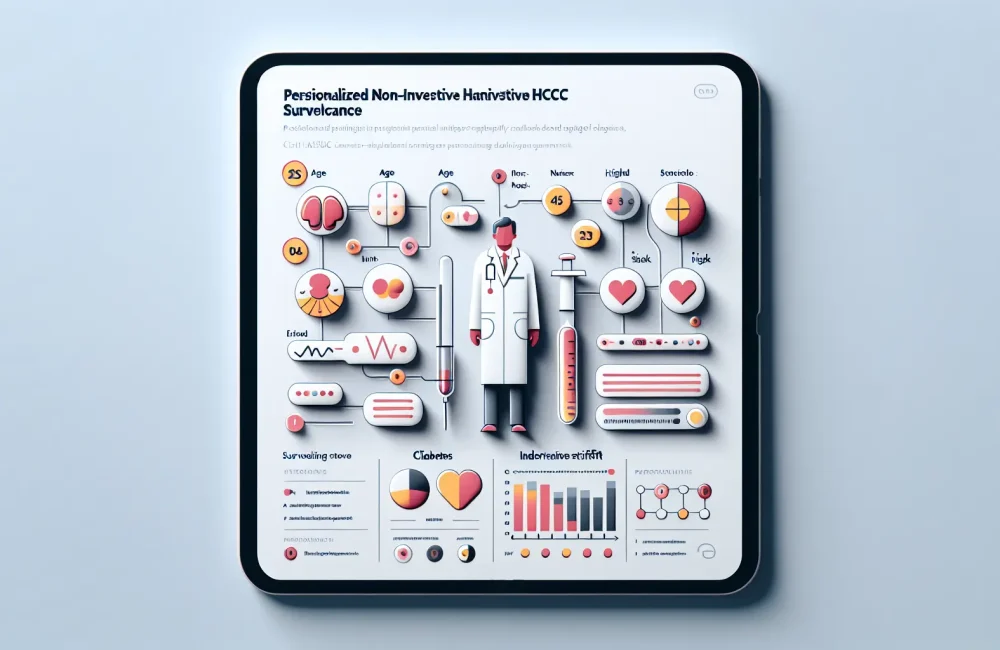By CAFMI AI From JAMA
Efficacy of Camrelizumab in Treating Triple-Negative Breast Cancer
This randomized clinical trial evaluated the effectiveness of camrelizumab, a PD-1 immune checkpoint inhibitor, combined with standard chemotherapy versus placebo plus chemotherapy in adult patients with triple-negative breast cancer (TNBC). TNBC is an aggressive breast cancer subtype characterized by the absence of estrogen receptors, progesterone receptors, and HER2 expression, making it notoriously difficult to treat and associated with poorer prognosis. The study enrolled participants with confirmed measurable TNBC who had previously undergone up to two lines of chemotherapy. The primary endpoint focused on progression-free survival (PFS), which measures the length of time during and after treatment that the disease does not worsen. Secondary endpoints included overall survival (OS), objective response rate (ORR), and safety outcomes. Results demonstrated a statistically significant improvement in PFS for patients receiving camrelizumab plus chemotherapy, with a median PFS of 7.8 months compared to 4.5 months for those receiving placebo plus chemotherapy (hazard ratio [HR], 0.65; 95% confidence interval [CI], 0.50-0.85; P < 0.01). Furthermore, the objective response rate was substantially higher in the camrelizumab group at 45%, versus 25% in the placebo group, indicating a larger proportion of patients experiencing tumor shrinkage. While the overall survival analysis favored camrelizumab, longer follow-up remains necessary to confirm this benefit definitively. These findings are particularly important as therapeutic options for TNBC are limited, and the addition of immune checkpoint inhibitors may represent a promising advance in managing this challenging disease.
Safety Profile and Clinical Implications of Camrelizumab Therapy
The safety profile of camrelizumab in this trial aligns with expectations from other PD-1 inhibitors, which are known to be associated with immune-related adverse events. Common side effects observed included hypothyroidism and pneumonitis, immune-mediated conditions attributable to the immune system’s heightened activity triggered by the drug. These adverse events were generally manageable with standard clinical interventions, such as corticosteroids and hormone replacement therapy when indicated. Importantly, the trial reported no unexpected safety signals, supporting the tolerability of camrelizumab combined with chemotherapy in the studied population. For clinicians practicing in the United States and elsewhere, familiarity with immune-related adverse event recognition, timely diagnosis, and management protocols is critical to safely integrating immune checkpoint inhibitors like camrelizumab into treatment regimens for TNBC. Given the significant improvement in progression-free survival and objective response rate, camrelizumab offers potential clinical benefits that could alter treatment paradigms, especially in metastatic settings where effective options are limited. However, attention to patient selection, monitoring for toxicity, and interdisciplinary care coordination are important considerations to optimize outcomes and minimize harm.
Future Directions and Considerations for Practice
While the findings from this randomized trial are promising, certain limitations should be acknowledged and addressed in future research. The relatively short follow-up period restricts conclusions regarding long-term overall survival and quality of life impacts, both crucial factors in oncology care. Further studies with extended observation periods are necessary to validate the durability of response and potential survival advantages offered by camrelizumab. Additionally, exploring biomarkers to identify patients most likely to benefit from PD-1 inhibition could refine treatment personalization. From a clinical workflow perspective, integration of immune checkpoint inhibitors into TNBC management requires enhanced patient counseling about potential immune-related side effects, close monitoring protocols, and clear follow-up strategies to detect and manage toxicities promptly. Education of patients and the healthcare team, including nurses and pharmacists, plays a pivotal role in successful implementation. Beyond clinical outcomes, cost considerations and access to novel immunotherapies remain relevant challenges, emphasizing the need for policy and reimbursement strategies to support equitable treatment availability. In summary, camrelizumab combined with chemotherapy represents an important advancement for patients with metastatic TNBC, with the potential to improve progression-free survival and tumor response rates. Ongoing research and real-world evidence will further define its role and optimize its safe use within current treatment paradigms.
Read The Original Publication Here






